When you drive a vehicle, you must have noticed its speed of it on the meter. It varies according to the speed of the vehicle. Have you ever wondered how does speed show in a meter? It is due to a device called a tachometer.
Tachometer is the most generally used equipment for measuring the speed of a motor or any other moving object. In this post, we will learn the concept of a tachometer.
What is a Tachometer?
A tachometer is an instrument that is used to measure the speed of an object, mostly a motor. It is majorly used to measure the rotational speed of the shaft or disc when the machine is in motion.
If the shaft is moving and when you touch the tachometer in conjunction with the shaft, the tachometer will show you the actual motor speed in RPM. So, it is usually measured in RPM (revolutions per minute).
Working Principle of a Tachometer
Let us understand the working of a tachometer and see how it measures speed. If there is a relative motion between the shaft of a device and the magnetic field, then an electromotive force is induced in the coil placed inside the constant magnetic field of the permanent magnet.
This developed electromotive force is directly proportional to the shaft speed. The motor of the tachometer then produces a corresponding voltage relative to the shaft velocity. The tachometer counts the number of rotations that the shaft makes per minute.
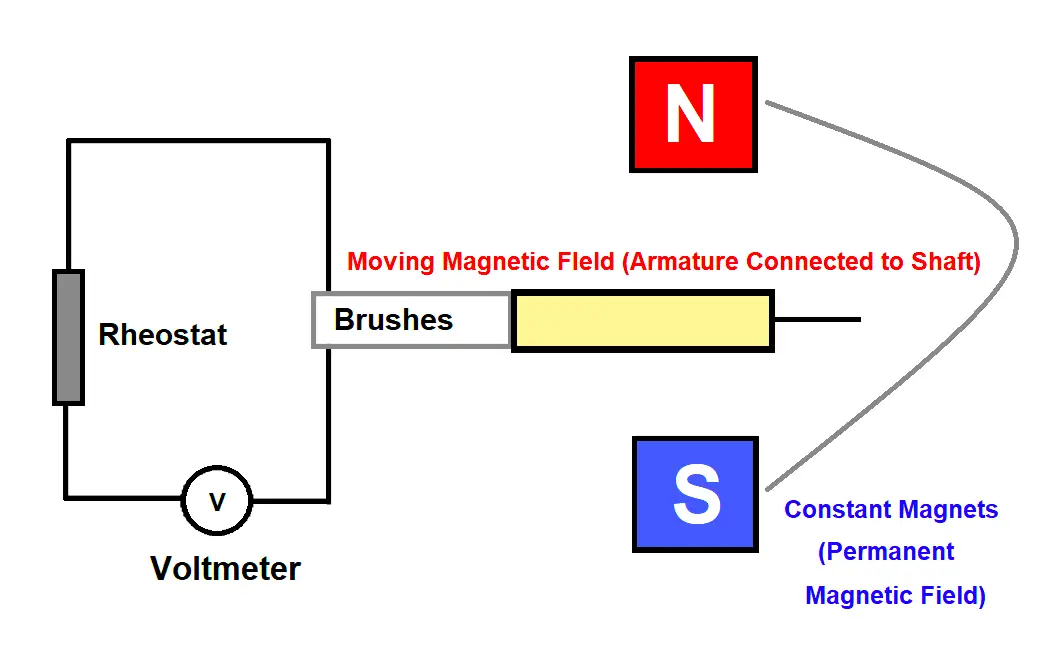
Let us understand this more clearly by referring to the above image. As you can see, the moving armature is connected between two fixed magnets. The armature is the part that is connected to the object to be sensed.
Suppose you are taking a motor shaft for example and as the motor rotates, the armature also moves and will cut the constant magnetic field. This flux cutting will generate an emf in the line (across the voltmeter). The emf induced is directly proportional to the moving speed.
As the speed decreases, the voltage will reduce and as the speed increases, the voltage will increase. This measured voltage can then be used to find the speed of the object in RPM. The method discussed is the most traditional one used and is still used nowadays in many tachometers.
Nowadays, more advanced techniques have come in the tachometer working principle. The two advanced ones used are electronic and non-contact ones.
Electronic Tachometer
An electronic tachometer as the name implies uses electronic and semiconductor components to measure the speed in RPM. This device uses a magnetic pickup that you can find in the rotating engine. It generates electric pulses. The pulses that this device causes have a frequency proportional to the engine speed.
In this device, the ignition system of the machine triggers the voltage pulse production. It begins the output of the mechanical part whenever any spark plug fires.
The electromechanical part, after the triggering, responds to the average voltage of the series of pulses. It displays the average pulse voltage that is proportional to the engine speed. Lastly, the signal transmits to the screen showing the output.
Non-contact Tachometers
Non-contact tachometers work on the principle of laser beam technology. It sends beam rays to the motor shaft. The beam is reflected and received every time on the motion.
The number of times the pulses are received and their time frequency determines the speed of the motor. Ultimately, you get the final speed with more accuracy, and that too in RPM.
Types of Tachometer
Some of the types of tachometers are mentioned below.
- Contact type (based on contact with the load)
- Non-contact type (based on contact with the load)
- Electronic (based on working principle)
- Mechanical (based on working principle)
- Analog (based on display type)
- Digital (based on display type)
- Time measuring (based on measurement method)
- Frequency measuring (based on measurement method)
In this way, we understand the basic concept of a tachometer.
If you liked this article, then please subscribe to our YouTube Channel for Instrumentation, Electrical, PLC, and SCADA video tutorials.
You can also follow us on Facebook and Twitter to receive daily updates.
Read Next:
- The function of Racks in PLC
- PLC and DCS System Checks
- DCS System Maintenance
- Omron PLC Online Training
- Cloud-Based SCADA Projects

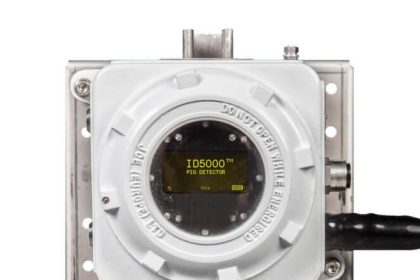
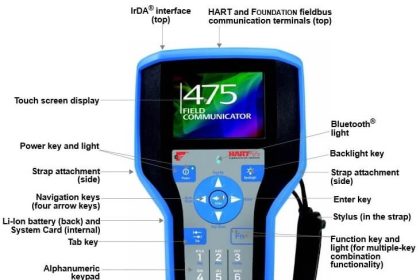

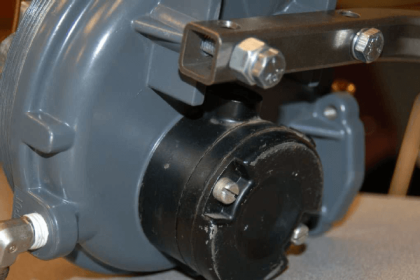

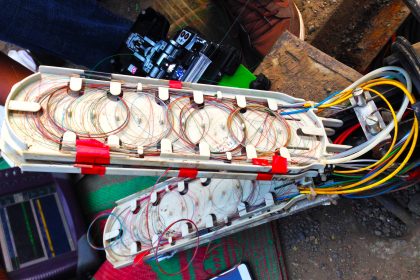
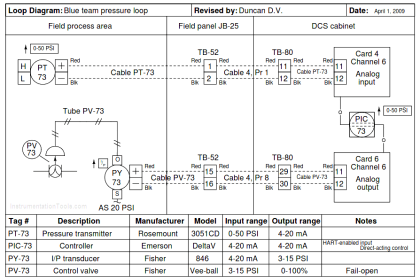
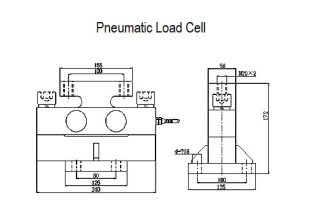



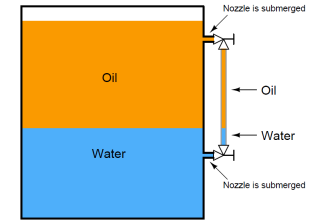


thank you so much for the information you mention its very instructive and we need serious training in the system PLC how we can get trained and get certificate , many thanks indeed
Please how can I join your training session on PLC program.
Register here for PLC courses:
https://learn.automationcommunity.com/courses/
Very nice and educative staff…